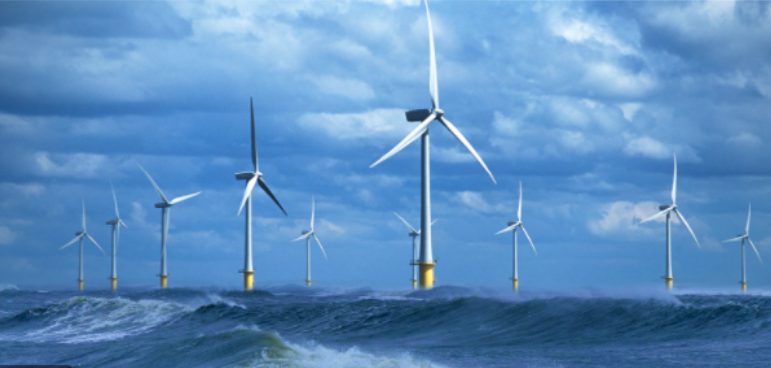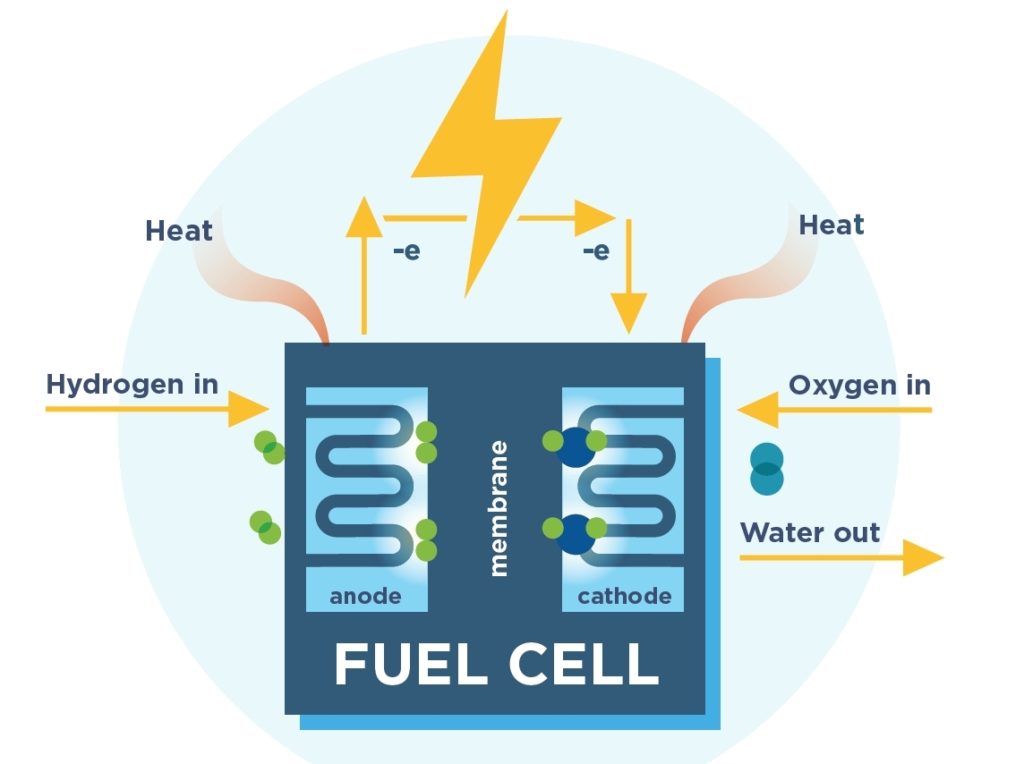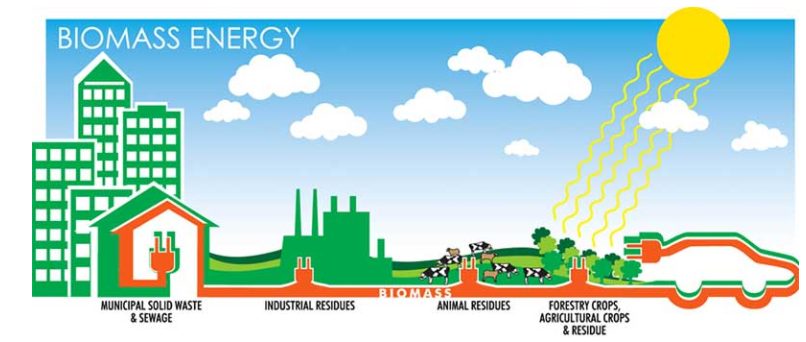Aurora
How Does an Aurora Form? An aurora is a natural phenomenon caused by the interaction between high-energy particles (electrons) and neutral atoms in the Earth’s upper atmosphere. These high-energy particles can excite (by collisions) valence electrons that are bound to the neutral atom. The excited electrons can then return to their initial, lower energy state and release photons in the process. Auroras and the Solar Wind ▲ Auroras and the Solar Wind [2] As the solar wind approaches the Earth, it meets the Earth’s magnetic field. Without this magnetic field protecting the planet, the solar wind would blow away Earth’s fragile atmosphere. Most of the solar wind is blocked by …









